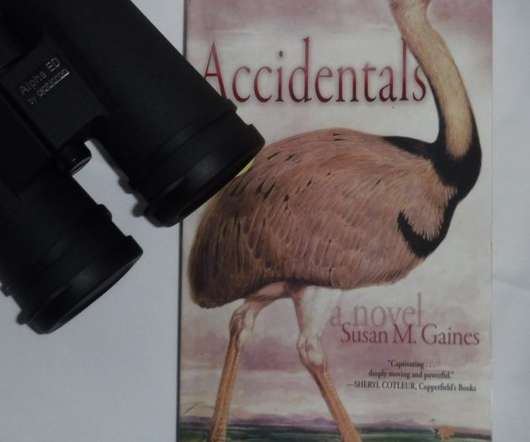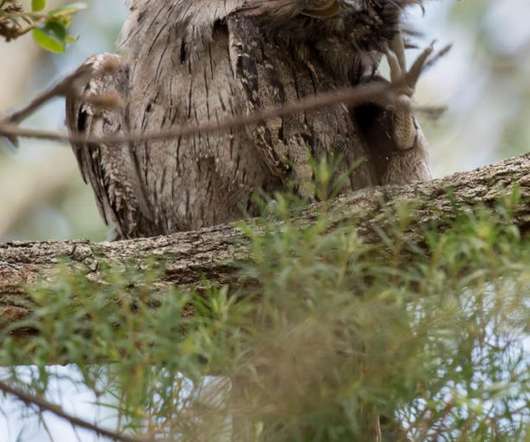Into the Nest: A Book Review in the Time of Nesting
10,000 Birds
JUNE 2, 2015
And of eggs and nests and birds on nests. Into the Nest , as the title says, is about the courting, mating, egg-laying, nesting, and parenting behavior of “familiar birds”. Some chapters focus on one species (Yellow Warbler), some on several related species (Chickadees and Nuthatches). And of birds courting and mating.


















Let's personalize your content